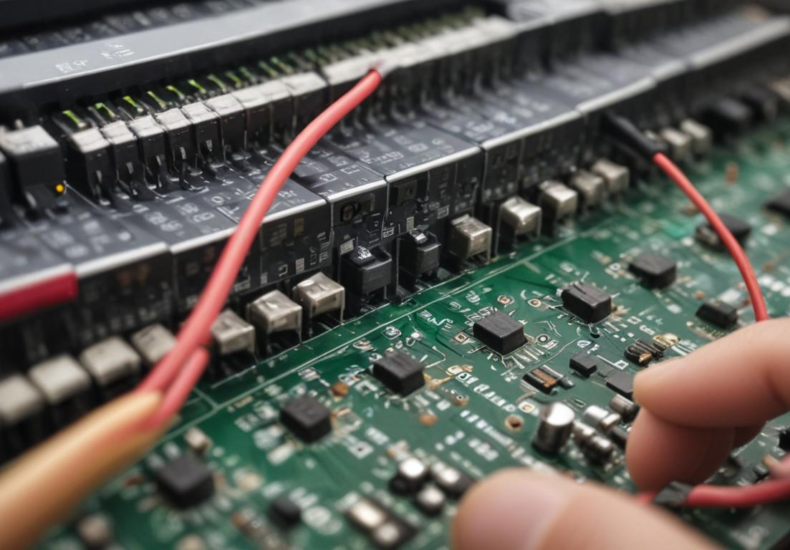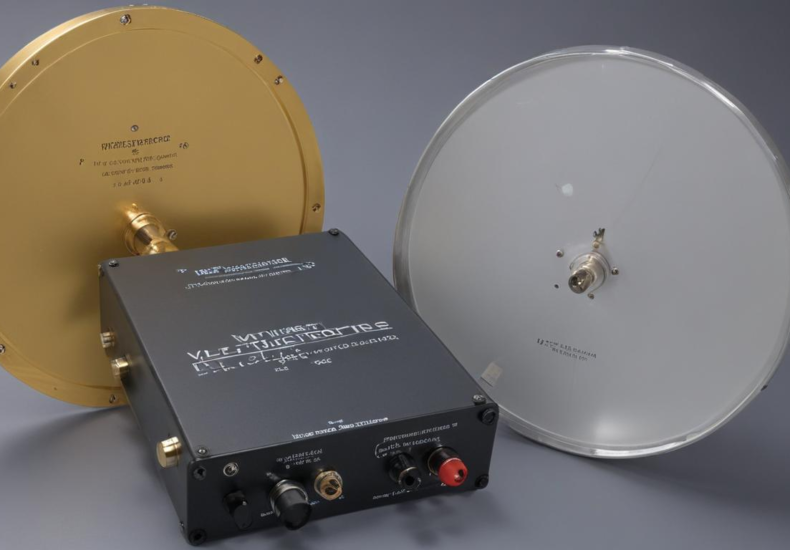Day: May 9, 2025

Metal detecting on farm land: what to know first
Navigating the legal landscape is crucial for metal detecting enthusiasts eager to explore farm fields. Each country, and often individual states or regions, have specific guidelines protecting private property rights and historical artifacts. Obtaining explicit permission from landowners and understanding local regulations are paramount steps to ensuring legal and respectful metal detecting activities, safeguarding both the hobbyist’s interests and the farm’s integrity. Ignoring these protocols can lead to legal issues and damage to valuable cultural heritage.

How to avoid common interference sources
Electromagnetic interference (EMI) not only disrupts the typical functioning of electronic devices but also challenges the reliability of technology in sensitive environments. From common gadgets like mobile phones and microwaves to complex industrial machinery, various sources contribute to EMI, each requiring strategic management and innovative shielding solutions. Understanding these sources and their impact is crucial for maintaining signal integrity and electronic performance across diverse settings.

Can metal detectors help you find civil war relics?
Selecting the right metal detector is crucial for anyone passionate about uncovering Civil War artifacts. The best models feature ground balancing and can handle highly mineralized soils, essential for detecting relics buried for centuries. Frequencies, coil sizes, and discrimination settings are also pivotal in distinguishing valuable historical items from mere metal debris. Armed with the right equipment, relic hunters have the potential to unearth stories etched in time, but must navigate the complexities of legal and ethical relic detecting.

Understanding VLF vs PI detectors
Very Low Frequency (VLF) and Pulse Induction (PI) metal detectors each bring unique strengths to the field of treasure hunting and metal detection. VLF detectors excel in their ability to distinguish between different types of metals, making them ideal for less challenging environments and detailed searches where precision is key. On the other hand, PI systems offer superior performance in highly mineralized soils and under water, penetrating deeper into the ground and handling conditions that typically disrupt VLF devices. Each technology caters to specific detection needs, whether it’s unearthing small coins and relics near the surface or pursuing larger treasures buried deep underground.